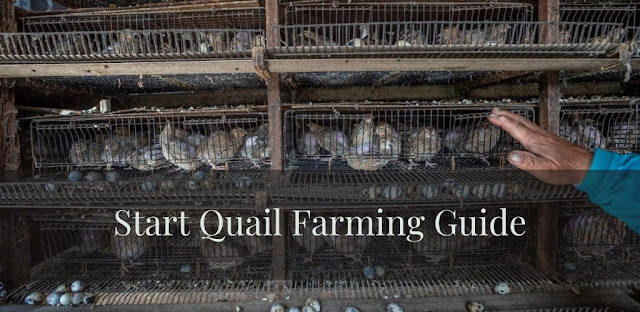Guide to Starting Tilapia Cultivation - How to Grow Tilapia
Currently, tilapia is one of the most popular fish to be cultivated. Since ancient times, people have been growing tilapia on their farms. This farm is known as a commercially successful business. Like seaweed cultivation, this cultivation can change your destiny. There are several ways to cultivate this fish. Here we try to focus on the most profitable processes that will increase its productivity.
Tilapia is a warm water, hardy fish. That's why it's easy to grow. Moreover, you can easily cultivate it in all kinds of fish farming systems. That makes it one of the best small-scale aquacultures from large commercial production to small backyard ponds.
To start from scratch, it is necessary to have proper knowledge of tilapia fish farming, pond or tank design, water and feed management. In addition, it is necessary to have an adequate pond or tank design. This allows efficient water management.
Your profit from this farm will depend on how well you can water the quality of the water. The tank in which you plant it must have drainage for harvesting and maintenance.
The success of your farm will depend on frequent or continuous aeration and water exchange. In addition, the quality of feed will allow fish farming to grow well.
Raising Tilapia in Your Own Backyard
The tilapia fish species is a native of Africa and tilapia is now widely distributed around the world. It has become the mainstay of many small-scale aquaculture projects in many developing countries, including the Pacific region.
Tilapia is a good quality food and has a firm and delicious flesh. It is also suitable for processing into dried, salted dried, smoked or pickled products. This guide briefly describes how to raise tilapia at your own backyard using 200-liter plastic drums. Other containers found in the house such as old refrigerators, fiberglass tanks or even large washing dishes can also be used.
Setting Up Your Farm at Home - Tilapia Fish Farming
Site selection:
- Select a site where water is accessible throughout the year.
- Containers should get enough sunlight to allow growth of small aquatic plants (algae) which will serve as food for the fishes.
- Place containers in a site where it can collect some rain water but protected from heavy downpour which may cause overflowing.
Preparation of drums:
- Choose a large barrel or drum that is not less than a meter deep and with a large surface area.
- A drum about 100 cm high and 54 cm wide (200-liter) can grow 20 fishes.
- Drill small holes at the top edge of the drum or barrel above your desired waterline to reduce the chance of overflowing during heavy rain.
- Add rocks and gravel as well as floating and submerged plants.
- Add a small shovel-full of natural manure to your drum. Chicken manure works well.
- Fill the drum with freshwater. Rain water or underground water can be used to raise tilapia.
- Let the water-filled drum stand for one week to dechlorinate and settle.
Stocking
- Make sure the drums are clean from dirt, unwanted weeds and fishes.
- Maintain a 1 fish per ten liter of water.
- Stock the drums either early in the morning or late in the afternoon when the water temperature is low so as not to stress and weaken the fish.
- Allow the water in the drum to mix gradually with the water in the fish container before putting the fish into the pond.
Feeding your fishes
- Tilapia thrives well on aquatic bugs, algae and plants.
- When preparing your containers for stocking, apply chicken manure at the bottom of the drum with depth of about six centimeters.
- Fertilize drums one week before stocking to encourage growth of algae which will be the food for the growing fishes.
- Maintain algal growth using a bag filled with leaves, manure and scraps.
- Fertilize the drums once a month to ensure good production of algae.
Harvesting Tilapia Fish
Using dip net or lift net
- Harvesting can be done after 5 months after stocking.
- Select a net that will fit the opening of your drum.
- Lower down the net to scoop out the fishes.
When do you harvest?
- Generally, harvesting is done 5 months after stocking.
- Fishes are mature when they are about 10 cm long.
The growth of the fishes becomes stunted as the supply of natural food organisms in the drum is depleted. This may not a big concern if you are growing your fishes for personal consumption.
However, if larger fishes are preferred, special culture techniques will be necessary to grow them. These technologies require different levels of skill and management and yield varying degrees of success.

.jpg)


Komentar
Posting Komentar